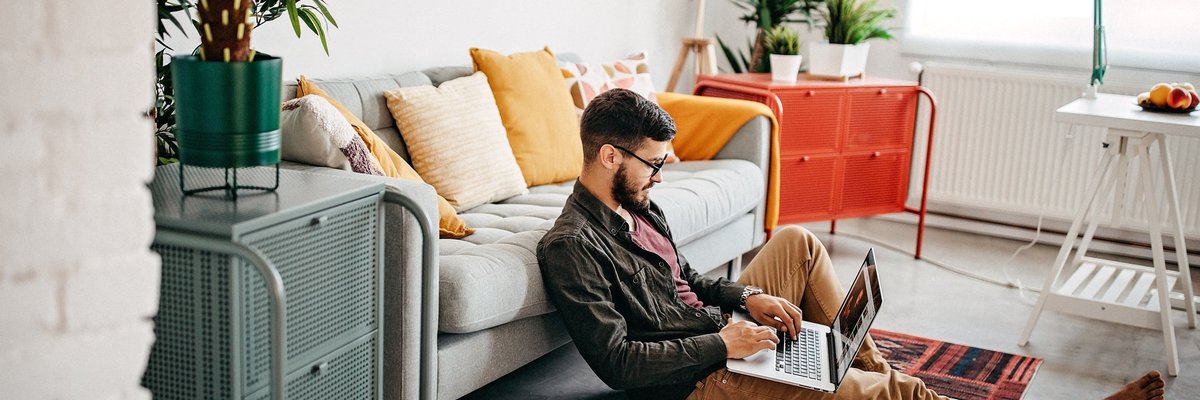4 Simple Tips to Ensure You Have an Emergency Fund Within a Year
These simple tips will help you start that emergency savings fund that you've been meaning to begin.
Having an emergency fund stashed away in your bank account is a smart idea. If you have the funds that you need to deal with an unexpected situation, you'll feel less stress.
While many people would like to have emergency savings, they struggle with setting the money aside. But even if you start small with your savings goals, your money will add up.
We have some tips to help you get started so you can build the emergency fund you need. Keep reading to check out some ideas.
An emergency fund can prepare you for unexpected expenses
An emergency fund is money that you set aside for emergencies and major unexpected expenses. It's generally recommended that you have three to six months' worth of expenses saved up. Some people choose to set aside money regularly each month, while others throw in extra money when they have it.
No matter how you go about starting your fund and adding to it, there will come a time when you need the money. You'll be thankful that you took the time to plan.
Not having to put a major expense on a credit card can be a big deal. If you have the money ready to go, you won't have to worry about the possibility of going into debt or having to pay expensive credit card interest fees. Plus, you'll feel good knowing that you've prepared for this situation.
Here are some tips that can help ensure that you have an emergency fund within a year.
1. Start now
Many people put off starting an emergency fund because they assume they don't have enough extra money to do so. This type of thinking can prevent people from ever getting started with saving!
Even if you start with a small amount of money, it will add up over time. Here are two examples of how smaller amounts of money can add up throughout a year.
- Example 1: If you set aside $50 every month, that will add up to $600 after a year.
- Example 2: If you set aside $20 every week, that will add up to $1,040 after a year.
If you put your funds into a high yield savings account, you'll earn some interest and have a little extra money the longer you let it sit and grow.
2. Automate your savings
It's also a good idea to automate your savings. When you do, you'll be treating your savings goals like a bill, and the funds will automatically come out of your account regularly. Doing this is an excellent idea if you find yourself forgetting to save money or always making excuses.
It's a simple process to set up automated withdrawals into a separate savings account, whether you use a local bank or an online bank. After you see your savings account balance increase, you'll be glad that you chose to automate your savings.
3. Use a separate bank for your emergency savings
When you begin your emergency savings, it's a good idea to put the money into a separate bank. If you keep the money in your regular checking account or have it in a separate account with your regular bank, you may be tempted to spend the money. Opening a new savings account with a different bank helps put a little more distance between you and your money. This way, you don't have the urge to touch the funds. If an emergency occurs or you have a significant unexpected expense, you can then use the money.
4. Cut out one expense
If you're struggling to start your emergency fund, this trick may help. Find one expense that you have that is truly unnecessary or that you're not using. There might be an expense that you continue to pay but you wouldn't be too disappointed if you stopped spending money on it.
Maybe it's a streaming service that you only use a few times a year or an unused fitness membership that you keep forgetting to cancel. Go ahead and cut out that expense and commit to putting the money you would have spent on it toward your savings. Even if it's $20 a month, that $20 is better than nothing.
These tips can help ensure that you have an emergency fund within a year. While you may not have the savings you want now, there is always an opportunity to start your savings goals. You can be prepared for costly financial situations, avoid going into debt, and feel less stressed by having an emergency fund.
Our Research Expert




